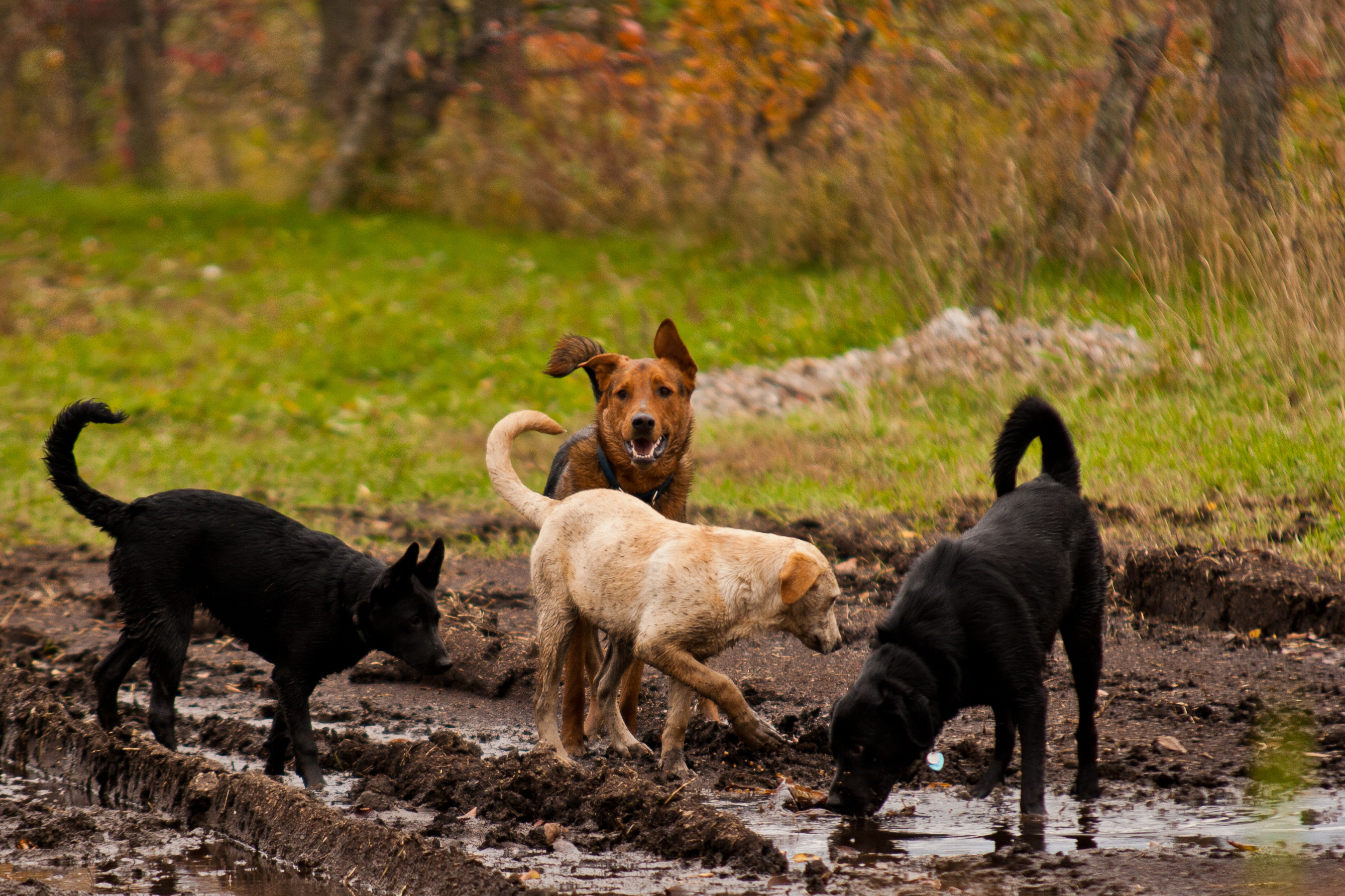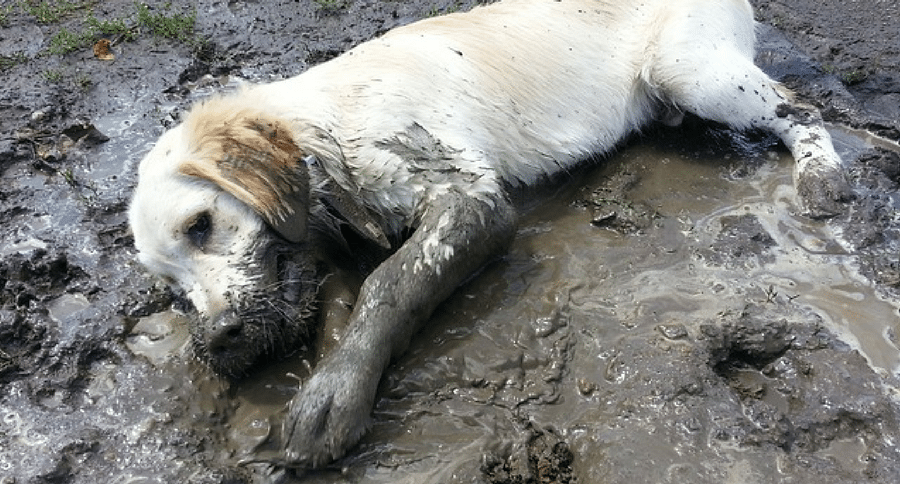Dog owners in the UK need to know about a deadly disease called Alabama Rot.
Initially discovered among racing Greyhounds in the U.S., Alabama Rot is a flesh-eating disease thought to thrive in cold, muddy conditions. Its official name is cutaneous and renal glomerular vasculopathy (CRGV), and experts still don't know what causes it or how to stop it.
The first cases of the deadly disease showed up in the United Kingdom in 2012. It started sporadically with a few deaths, and it was rare enough that most dog owners didn't know it existed. As the years passed, however, the number of deaths has only gone up.
According to the Daily Record, there have been 135 confirmed cases in the UK since 2012 with 37 of them in 2017. In only the first few months of 2018, veterinarians across England, Scotland, and Wales have already reported 29 deaths caused by the disease. With no way of knowing what's causing it or how to treat it, that number is expected to go up.

The only clue to what's causing these gruesome cases of rotting flesh is in the mud. In almost all of the cases, dog owners reported taking their dogs on muddy walks or letting them run around in muddy, woodland areas. Shortly after being exposed to the mud, they noticed strange sores, lesions, or distinct swelling on the dog. Eventually, those sores were accompanied by life-threatening side effects.
Dogs Trust reports the skin sores are most often found on the dogs' paws or lower legs. They can appear as a patch of bright red skin or an open skin lesion that resembles an ulcer or hot spot. From there, it takes between two and seven days for the dog disease to progress. It causes vomiting, fever, lack of appetite, and general lethargy and unusual tiredness. All of that is combined with rapid kidney failure that ultimately leads to the dog's death. In most cases, affected dogs die only a week after being exposed to the killer disease.

It's possible for an infected dog to survive with early intervention and around-the-clock care, but the current fatality rate in Britain is about 90 percent. Most dog owners don't notice the symptoms until it's too late. Veterinarians tell dog owners the only way to protect their pets from this flesh-eating disease is to stay away from muddy areas and closely monitor the dog's health.
It's believed recent rainy weather has something to do with the increase of cases, and if possible, dogs should be kept away from muddy, wet areas. If they do get mud on them, it's recommended to clean them off as soon as possible and to frequently check their skin for lesions. Alabama Rot affects dogs of all breeds and ages, and UK pet owners should be vigilant this spring.
Have you heard of Alabama Rot? Let us know in the comments.
WATCH NOW: 8 Things to Bring When Camping with Your Dog




